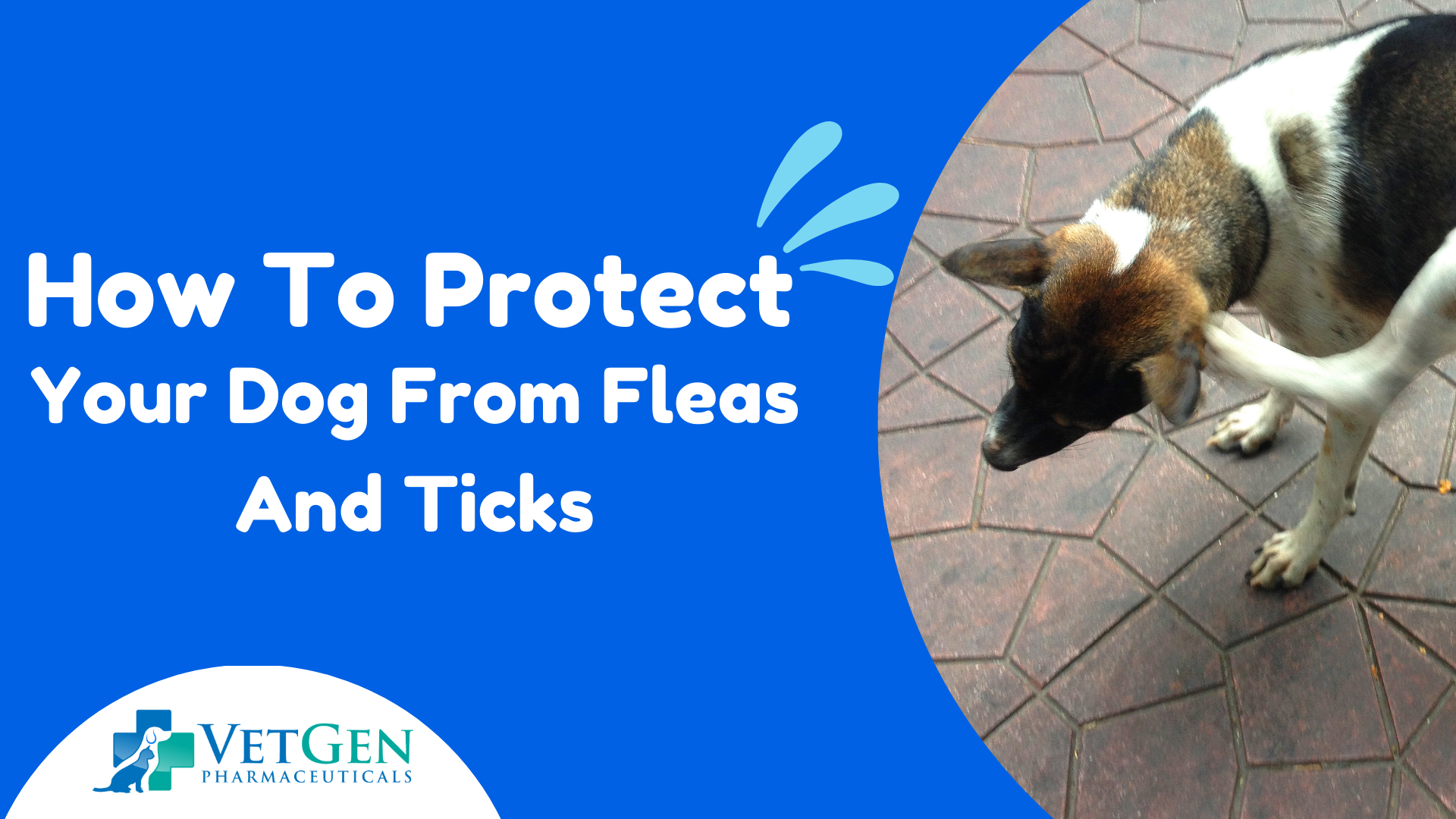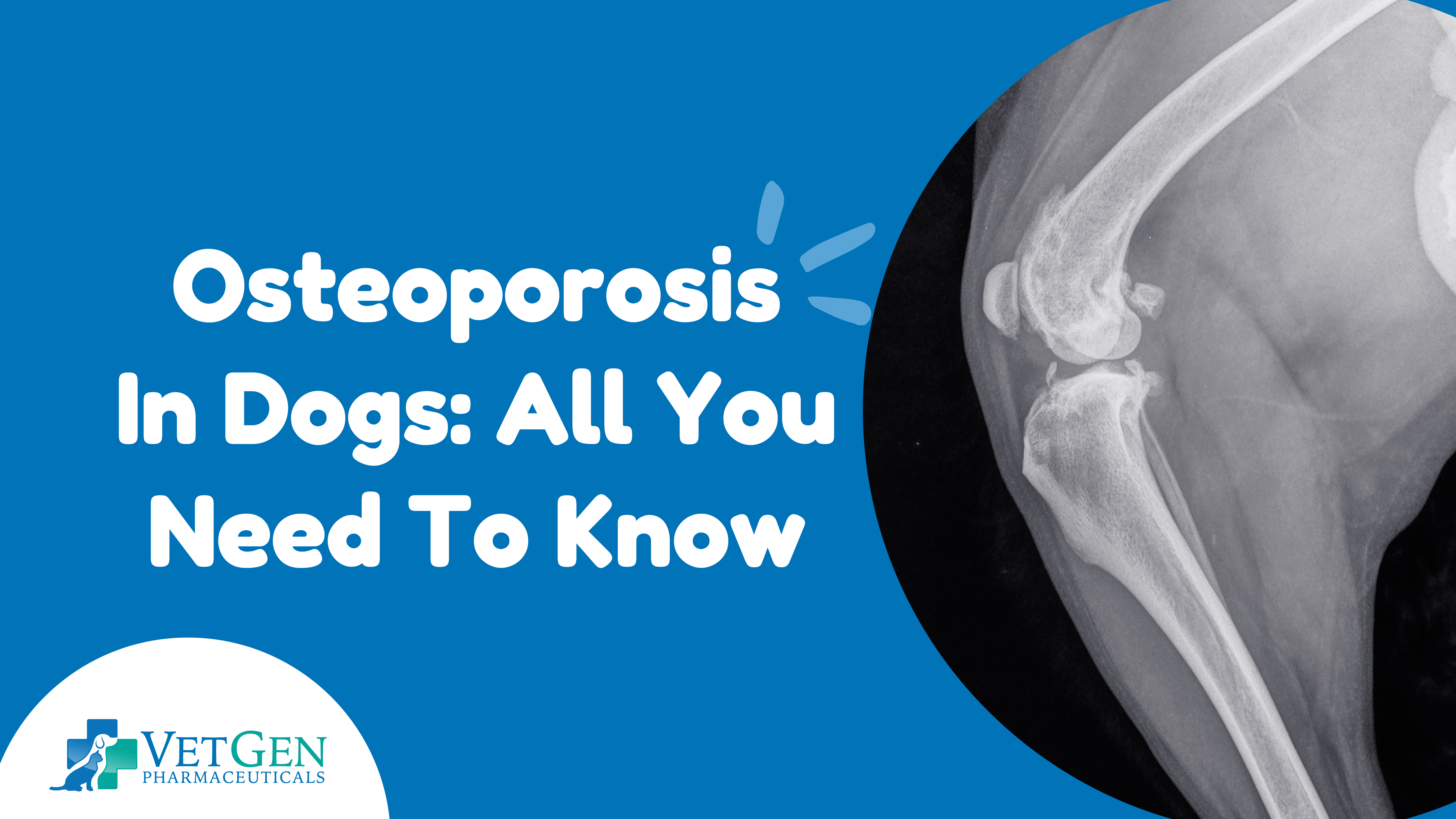Table of Contents
Summertime does mean fun and enjoyment outside for your dog. However, it could also bring along the threat of fleas and ticks for your pup. Once your dog catches fleas, it might be a tiring job to pick ticks off your pet. Not only that, if a tick latches on your furry friend, removing them can be quite tedious. Being unable to remove them completely could mean infections and diseases. So, now the question is how to protect your dog from fleas and ticks.
Rather than finding a cure, prevention is, undoubtedly, the best option when it comes to protecting your pup from fleas and ticks. As a responsible dog owner, you must remember that the soft fur and warm body of your canine are a big attraction for such insects to flourish. If these pesky pests get a chance to move in, they start feeding on its blood, thereby creating several health issues ranging from skin problems to Lyme disease.
It is best to seek guidance from your veterinarian to stay updated on flea and tick prevention tips and other related information. So, let’s find out safe solutions and preventatives here and now
Flea and Tick Prevention Tips
Removal of Fleas on Pups
Fleas are smaller in size than ticks and can infest several regions of your canine. Common symptoms can be
- Skin redness
- Severe itching
- Scrapes on the dog’s skin
- Hair loss.
Begin searching at the base of the tail or neck of your dog. Slowly and gently, part the fur and look for any jumping and tiny dark bugs. Adult fleas might not be found easily. So, if you find any tiny white specks at the hair base, these are dark specks, flea eggs, or flea droppings.
Being large in number and smaller in size than ticks, fleas are relatively difficult to find. The eggs can hatch or fleas can jump onto your pup even after removal of the adult fleas with bathing. Using flea/tick preventatives, medicated baths, and flea medications is necessary for getting rid of fleas.
Keep Your House Clean to Remove Fleas
Fleas and ticks do not just thrive in the summer season; flea eggs survive even during the cold season in your home. You will be surprised to know that if the eggs are laid anywhere in your house, they can get multiplied at a whopping 100 per day rate. So make sure to clean the bedding of your furry friend every day.
Not only that, all other areas of your house including every nook and corner should be cleaned to remove flea eggs. Otherwise, they can pose a big threat to your pet once they begin hatching. After you use a vacuum cleaner to catch flea eggs from carpets, curtains, or sofas, don’t forget to dispose of the vacuum bags thoroughly to eliminate any chance of flea eggs continuing to hatch.
Daily cleaning of house and furniture is the key to getting rid of flea infestation, recommends Karyn Bischoff, a toxicologist at the Cornell University College of Veterinary Medicine.
Use of Veterinary-approved Flea and Tick Products
To know which is the most suitable flea and tick prevention product for your dog health, seek guidance from your veterinarian. There are many flea and tick shampoos, topical creams, and collars available to address individual requirements. In addition, you can offer protection from insect bites and harsh sun rays by using sun and bug blockers.
Groom Your Pup Regularly
You can get rid of fleas and ticks on dogs and prevent them by using water and common soap. Using a fine-tooth flea comb for combing your pet’s fur is also very important. One simple way of finding fleas on your dog is using a flea comb through the fur, flea droppings, or flea eggs.
Shampoos for Fleas and Ticks
Flea and tick shampoos and sprays should be used cautiously and only under the supervision of an able veterinarian. Several over-the-counter products may be toxic if ingested. Moreover, they are not considered an effective remedy as they don’t last long.
Use Natural Remedies
Natural herbs and essential oils can help keep fleas and ticks away. Always consult your veterinarian before using any natural remedy on your furry friend.
Take Preemptive Steps in Your Garden
As per Rotkin Ellman, diatomaceous earth is considered a less toxic choice for the yard and home but it could be damaging if it gets into your or your pet’s eyes. So, always use protective gear, and use it in places where kids and pets are not exposed. Search for products meant to control pests.
Removal of Ticks on Dogs
You can use small tweezers to grab the tick at the base and lift it with upward pressure firmly. After removing the tick mouth from the dog’s skin, carefully place the tick in a plastic bag or a container and consult with your veterinarian. Once you have removed the tick from the dog’s skin, dab the area using a small quantity of antiseptic or alcohol.
Trim Your Dog’s Fur
Regular trimming of your pet’s fur is a must for controlling the risk of ticks and fleas hiding in its fur.
Keep Your Dog Away from Infected Pets
Your dog can easily catch fleas and ticks from other infected animals. So, don’t let your dog come in close contact with them to avoid the risk of contracting them.
Don’t Use Flea Collars
Flea collars, due to the risk of containing hazardous insecticides like propoxur, carbaryl, and tetrachlorvinphos, are a big no-no for dogs, warns NRDC. So, avoid using such collars as the majority of these have already been banned while the others are likely to get phased out.
Pick the Formula as per the Dog’s Weight
Use the formula per the weight of your pup. Young, old, sick, or dogs on medicines are at great risk of facing reactions like vomiting, rashes, seizures, or diarrhea from using topical treatment. Flea and tick medications can intervene with other medicines, thereby making them either ineffective or poisonous. So, it is essential to consult your veterinarian before going ahead with any formula.







